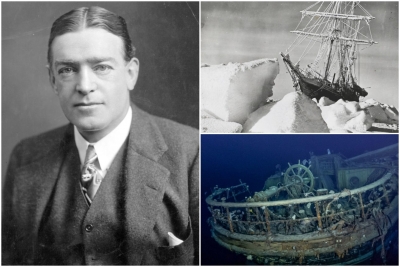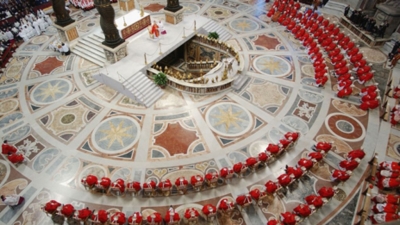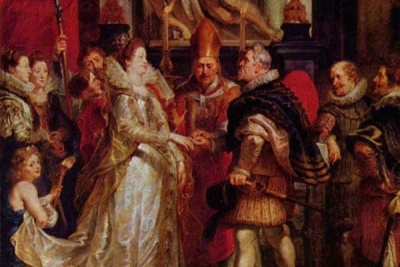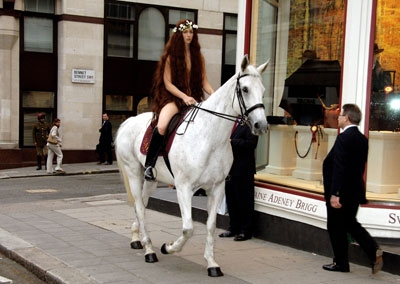Shipwreck found after 107 years

Scientists have found the wreck of Ernest Shackleton's famous ship "Endurance" in the Antarctic, 107 years after it sank during his ill-fated attempt to reach the South Pole.
A team of marine archaeologists and technicians located the wreck at a depth of 3,008 metres in the Weddell Sea, east of the Antarctic Peninsula.
The ship, crushed by sea ice, sank in 1915, forcing Shackleton and his men to make an incredible escape on foot and in small boats.
The project to find the lost ship was mounted by the Falklands Maritime Heritage Trust (FMHT), using a South African icebreaker, Agulhas II, equipped with remotely operated submersibles.
"We have made polar history with the discovery of Endurance, and successfully completed the world's most challenging shipwreck search," said Dr John Shears, the mission's leader.
"The discovery of the wreck is an incredible achievement," he added.
The ship looks much the same as when photographed last time by Shackleton's filmmaker, Frank Hurley, in 1915. The masts are down, the rigging is tangled, and the hull is broadly coherent. Some damage is evident at the bow, presumably where the descending ship hit the seabed, and the anchors are present.
As the ship became damaged, the crew set up camp on the ice and lived there until it broke up five months after the ship sank.
Picture Credit : Google


